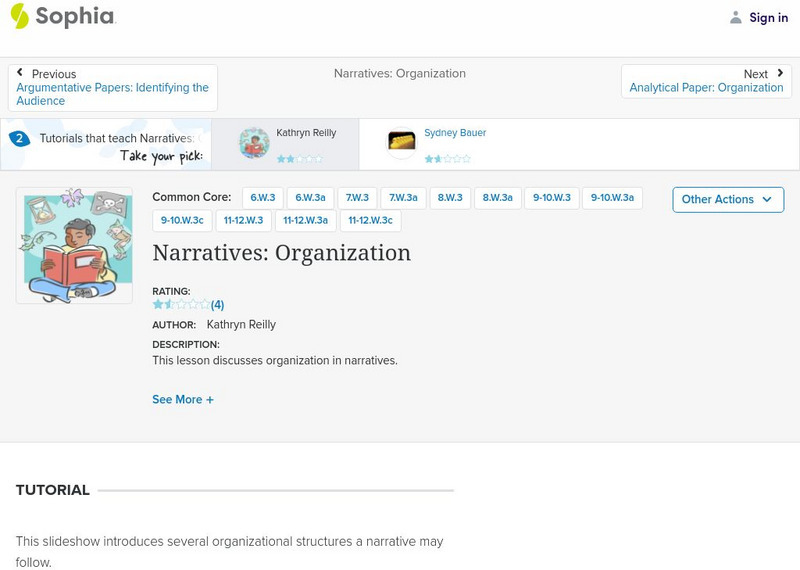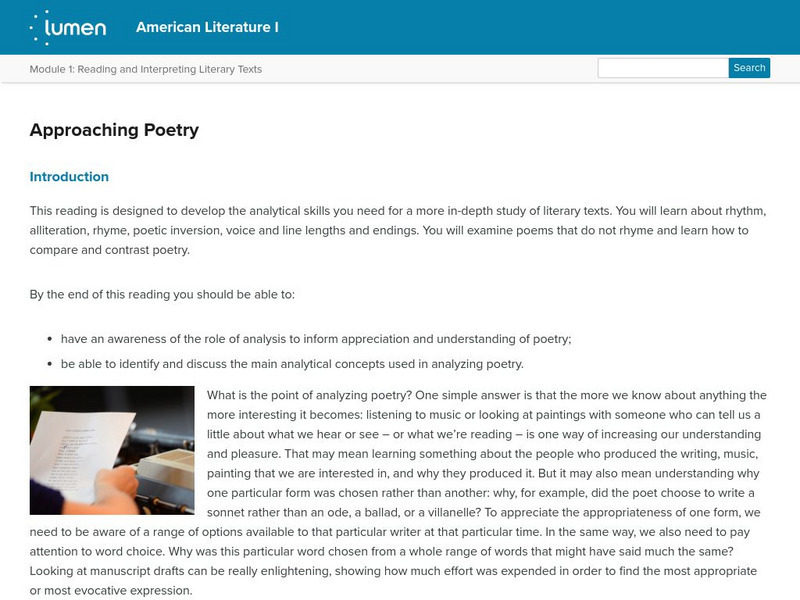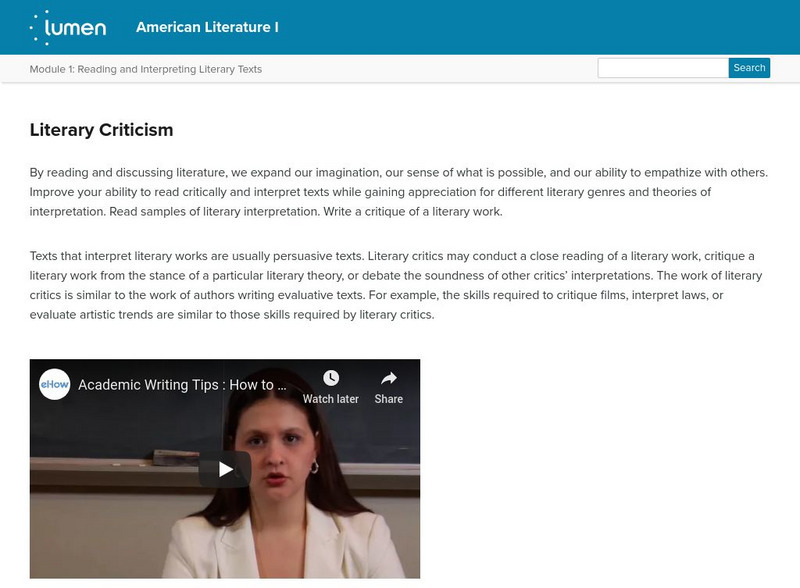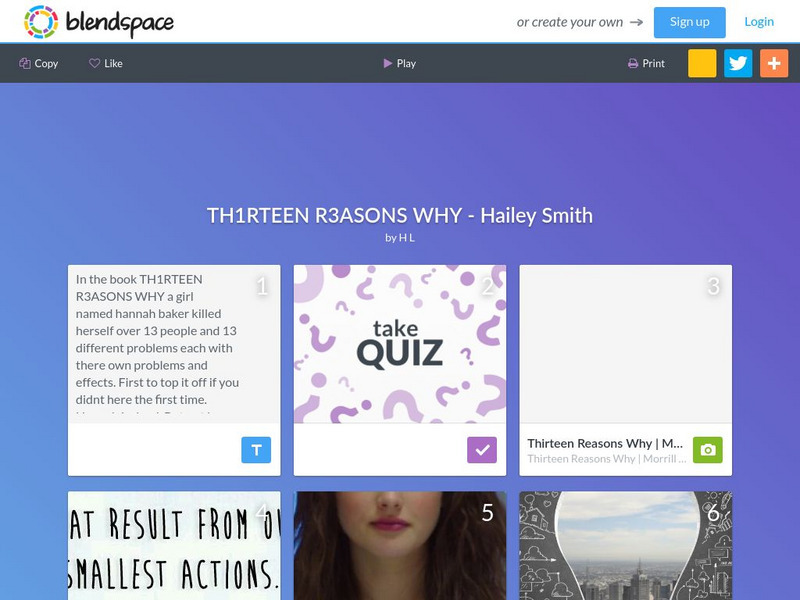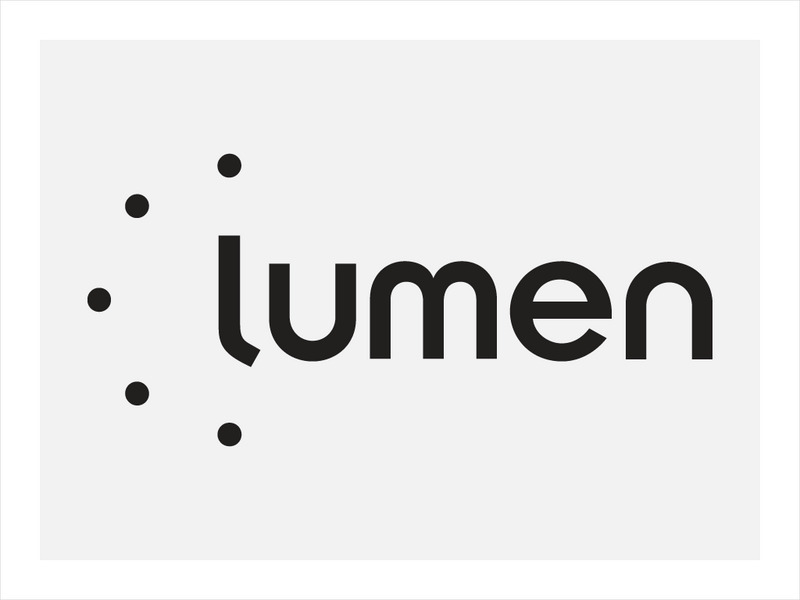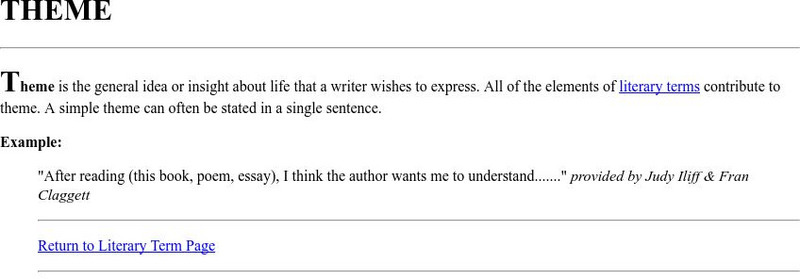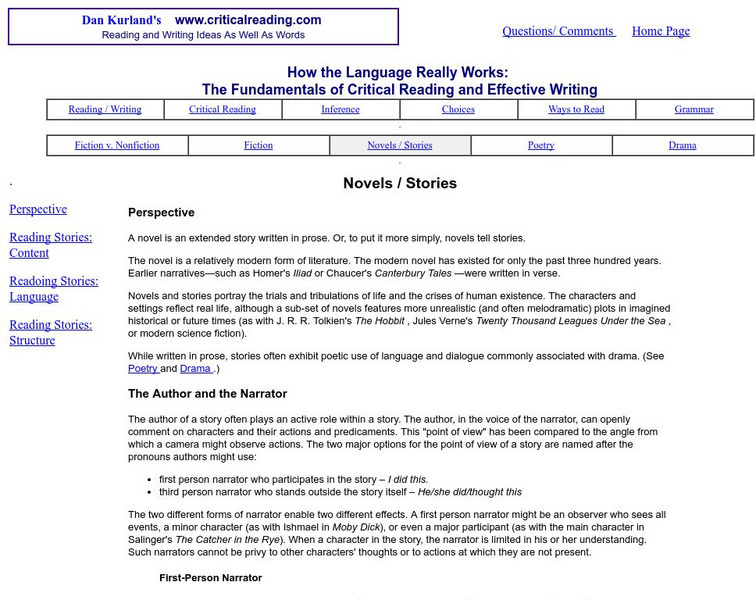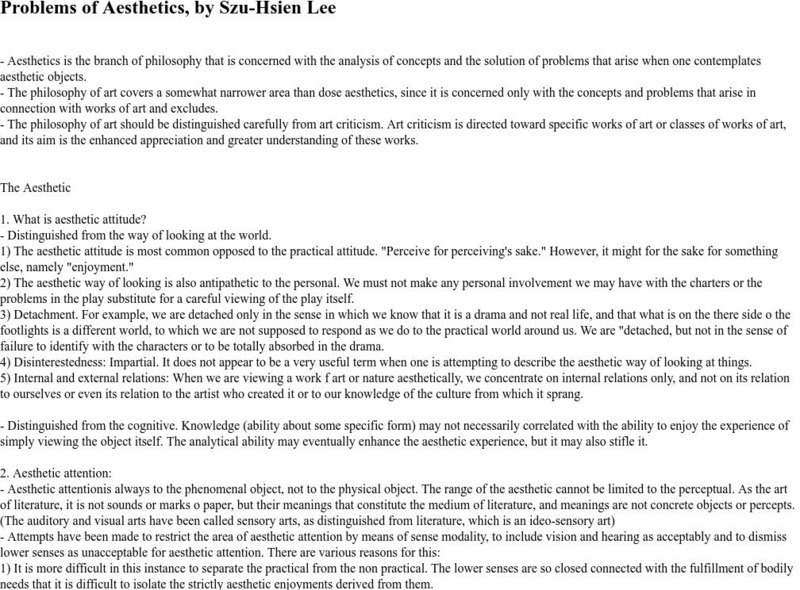Sophia Learning
Sophia: Narratives: Organization
This slideshow lesson focuses on organizational structures for narratives including a review of narratives and a list of possible organizational structure types: chronological or sequential order, climactic order, in media, and...
Other
Teengagement: Targeted Intervention: Word Choice Shapes Meaning and Tone
In this instructional activity, students interpret how words are used in a literary text and examine how word choice affects meaning and tone. A sample analysis of a poem is presented, terms are defined, and question stems for assessment...
Texas Education Agency
Texas Gateway: Evaluate Tone in Various Media for Different Audiences/purposes
Explain how the tone of a message varies according to audience and purpose.
Lumen Learning
Lumen: Reading and Interpreting Literary Texts: Approaching Poetry
This lesson focuses on the how to approach the analysis of poetry. It provides a series of student activities such as having students read and compare a draft and the final version of William Blake's "Tyger" which is followed by a...
Lumen Learning
Lumen: Reading and Interpreting Literary Texts: Literary Criticism
This activity focuses on how to write a literary criticism, the different theories and approaches to literary criticism, and their standard format.
TES Global
Blendspace: Th1rteen R3asons Why
A set of resources to support a unit on Jay Asher's 13 Reasons Why. Includes quiz and images showing sadness, settings, etc.
Lumen Learning
Lumen: Introduction to Writing About Literature
This is an introduction to writing about literature; it includes a list of learning objectives for writing about literature including finding and using historical sources to discuss the historical context, finding and using literary...
Lumen Learning
Lumen: Writing About Literature: Additional Resources
This is "'The Legend of Sleepy Hollow': An Allegory for a Young America," an exceptional student example of literary analysis as well as an explanation to the main body of her paper. A link to the MLA website is also provided.
Lumen Learning
Lumen: Reading and Interpreting Literary Texts: How to Analyze a Short Story
This lesson focuses on analyzing a short story including all of the elements of a short story such as setting, plot and structure, and characterization.
Lumen Learning
Lumen: American Literature: Reader Response Criticism
This lesson focuses on reader-response literary criticism including the purpose of reader response, the structure of a reader-response essay, how to criticize with examples, and an example of a reader-response essay using "The Secret...
Victorian Web
The Victorian Web: The Wildean Dandy, and Comedy, and the Picture of Dorian Gray
This Victorian Web essay provides insight on writer Oscar Wilde's personality and how it relates to his comedy. The article is entitled, "The Wildean Dandy, Comedy, and the Picture of Dorian Gray." This site also gives excerpts from some...
Pennsylvania State University
Pennsylvania State University (Dr. Mc Clennen): How to Do a Close Reading
This guide is written for college students, but should be very useful for upper level high school students as well. The writer first describes fourteen steps to take in doing a close reading, then provides six pieces of advice on how to...
Other
Wisewire: Grades 9 10 Playlist: Analyze How an Author Unfolds an Argument
This is an example of how to analyze how an author unfolds an argument. It provides an example and links to use for practice. RI.9-10.3 author unfolds
Texas Education Agency
Texas Gateway: Literary Text: Diction and Tone
This lesson deals primarily with diction and tone and how to recognize them in your reading. Tone is largely determined by diction or the word choices a writer makes. The process of choosing the right word involves denotation and...
Common Sense Media
Common Sense Media: Character Development and Relationships in Hamlet
A lesson plan relating to Hamlet whose objective is to able to "analyze how and why individuals, events, and ideas develop and interact over the course of a text". Lesson includes a hook, direct instruction, guided practice, and...
Other
Short Story Elements
Geared toward high school students, this site contains many notes and links on the aspects of short story, figurative language, and figures of speech.
Georgia Department of Education
Ga Virtual Learning: "Elements of Drama" [Pdf]
This two-page PDF provides a list and brief explanation of the "Elements of Drama" based on the structure of Greek Drama as outlined by Aristotle. These include: Thought, Theme, Ideas; Action, Plot; Characters, Language, Music, and...
Alabama Learning Exchange
Alex: Analyzing Characters in 12 Angry Men
Re-telling a story from the points of view of its various characters is a powerful way to review the events of a story, show how authors use characterization to reveal characters' personalities, and encourage students to view stories...
PBS
Pbs Learning Media: Literary Elements and Techniques: Symbolism
Explore how authors use symbolism to add a deeper level of meaning to their work in this short animated video [1:12] from WNET. Discussion questions below help students to further apply their understanding before analyzing a text.
Ted Nellen
Cyber English (By Ted Nellen): Bildungsroman
This is a glossary entry for the term "Bildungsroman" referring to characteristics of a "Coming Of Age" type story. A link to more information is provided.
Ted Nellen
Cyber English (By Ted Nellen): Theme
This is a glossary entry for the term "Theme" including a definition and an example.
Other
How the Language Really Works: Novels and Stories
This brief article explains perspective, types of narrators, and the elements of fiction.
Other
Problems of Aesthetics, by Szu Hsien Lee
Defines the term aesthetics in a number of different contexts including both the philosophy of art and the criticism of art. This is a fairly clear discussion of a rather complex topic broken down into a number of subsections. Although...
University of Victoria (Canada)
The U Vic Writer's Guide: Literary Term: Theme
This site provides a general description of theme, complete with a couple of examples.
